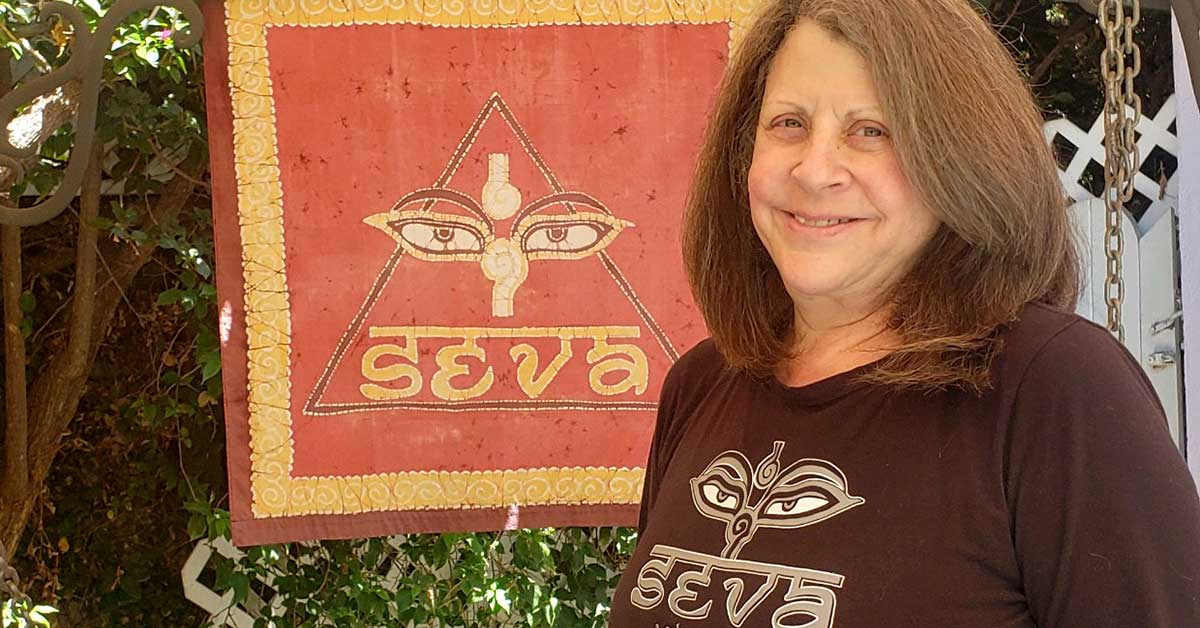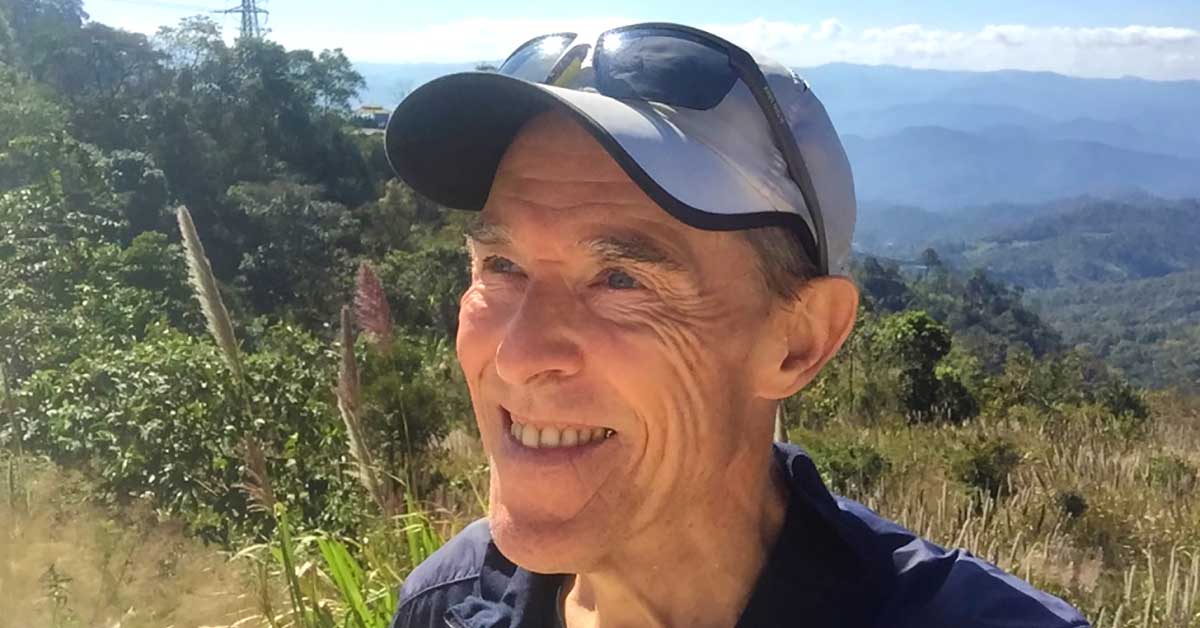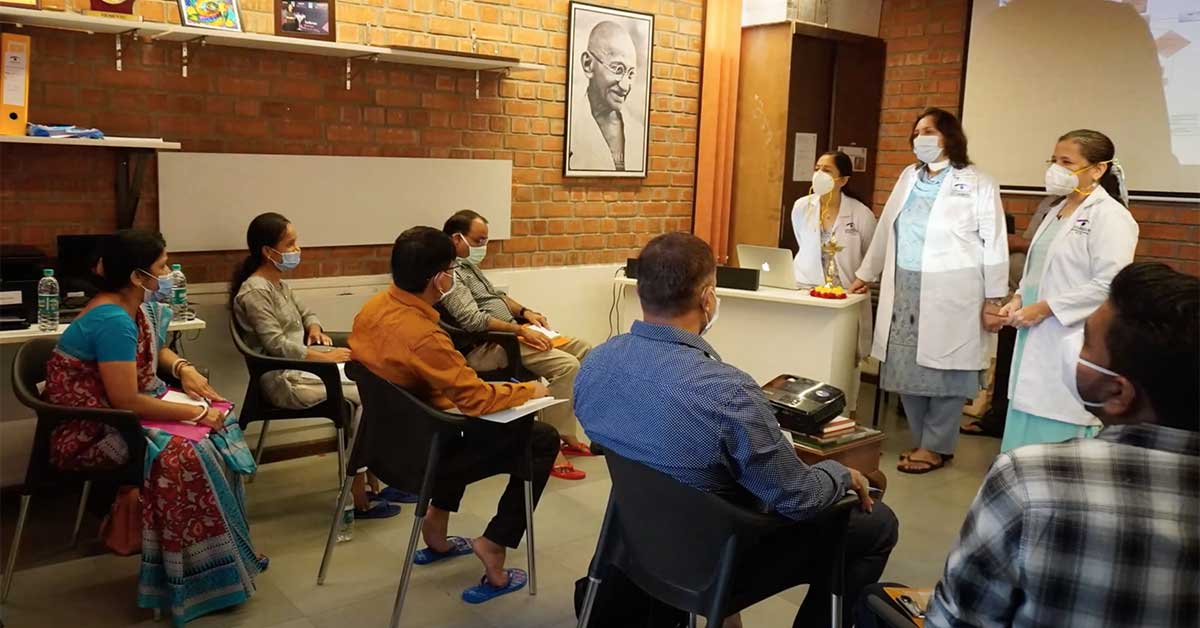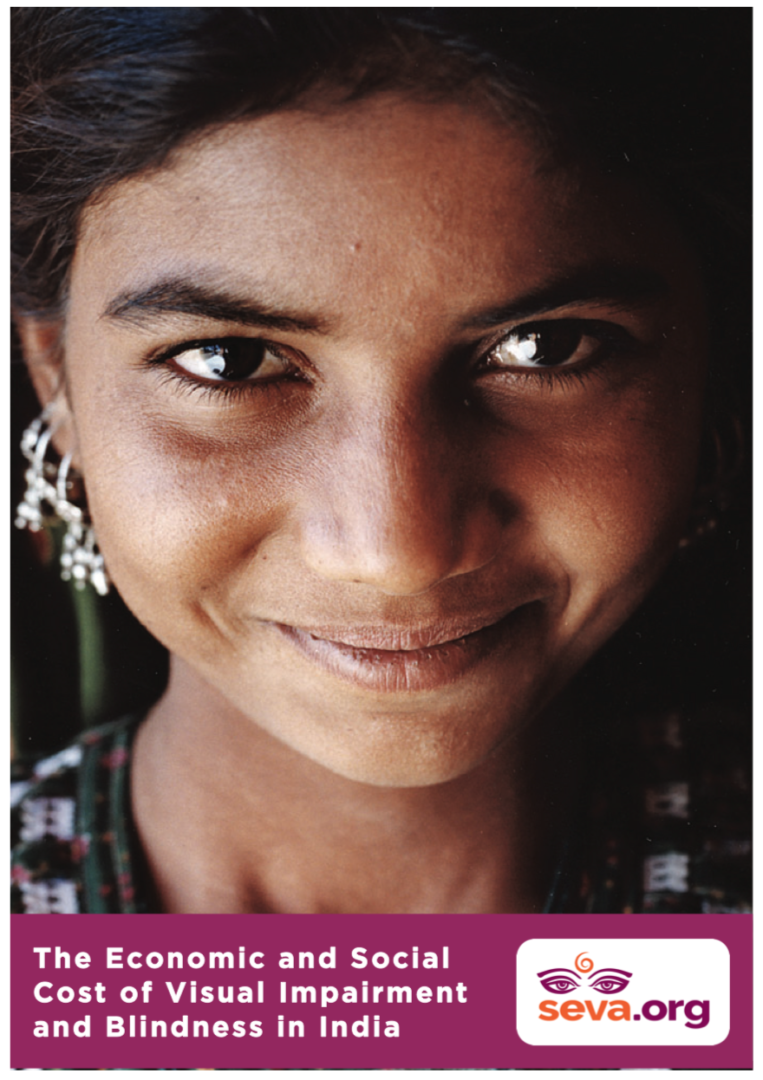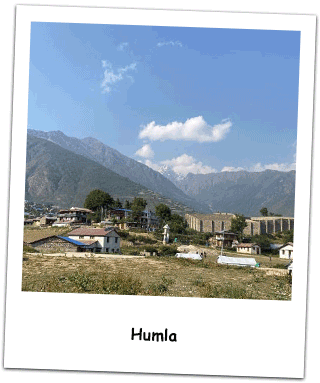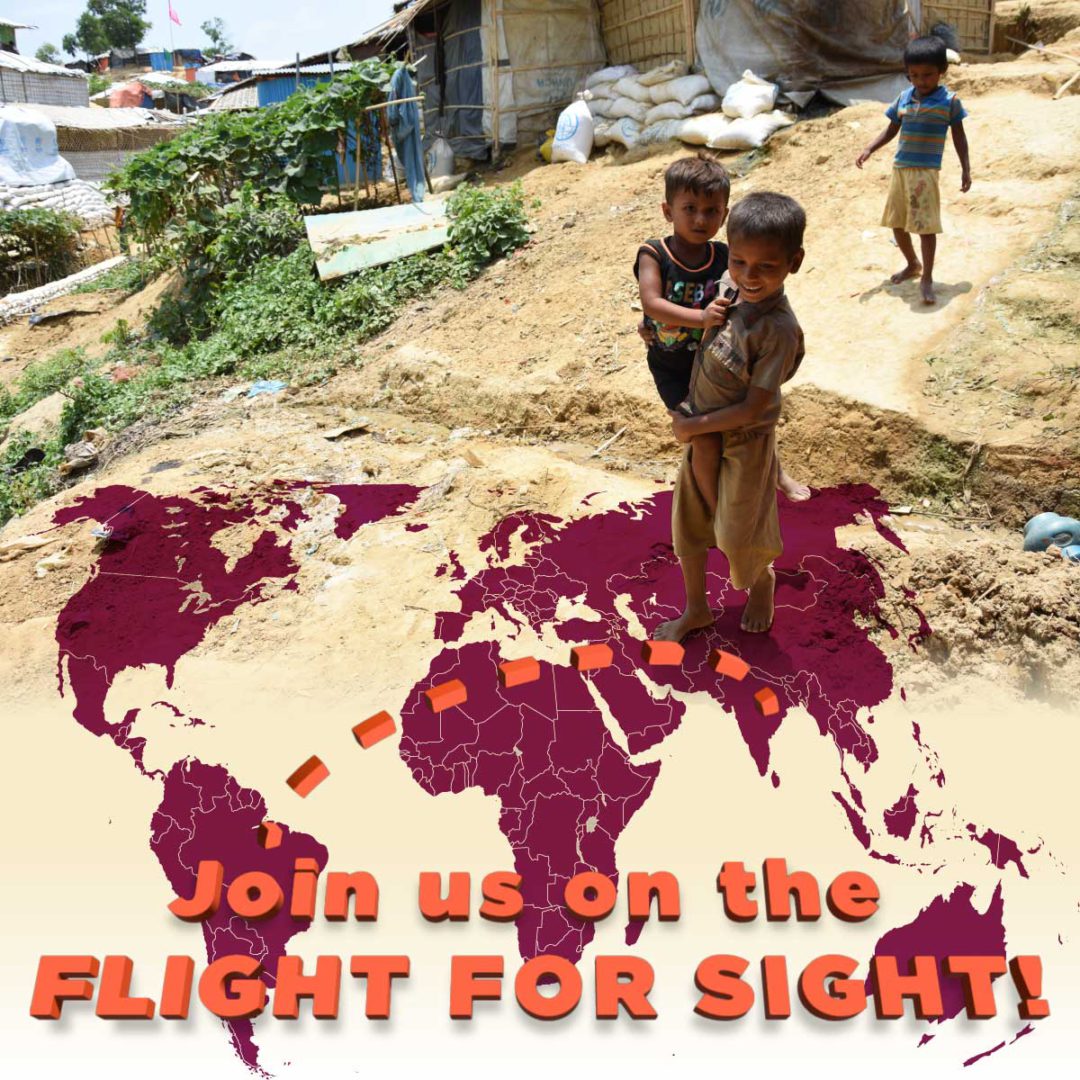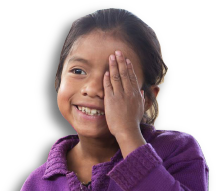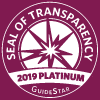
Art is transformative – it enables us to see the world through a new lens and make a difference through it.
William Wolk, a talented artist, soul, and friend of Seva, knew this firsthand. His realistic portraits of former U.S. Presidents, the Dalai Lama, and Paramahansa Yogananda, among others, can be found in archives, museums, and private collections around the world. Sadly, in May, Wolk passed away after an enduring and brave battle with cancer. He is survived by his wife Marie.
Continue reading